Routine pool maintenance is undoubtedly the most tedious component of pool ownership. Not only must you rid your pool of unsightly debris and dirt, you must understand its chemistry, which is based on several different factors, such as the filtration system. Homeowners who fail to maintain their pool may experience a buildup of algae that causes the water to turn a sickly green color. If you’re at that point, it may be necessary to “SLAM” or “shock” your swimming pool. The following are some tips you need to know before starting.
The three main acronyms you should already be familiar with are:
- FC (Free Chlorine) – In short, FC is the available chlorine used to sanitize your pool and what is most commonly tested for proper chlorine levels.
- CC (Combined Chlorine) – Consider this the chlorine that has already been used to sanitize the pool—the opposite of FC.
- CYA (Cyanuric Acid) – This is often referred to as a stabilizer and works in conjunction with FC. The higher your CYA level, the more FC you need. Your pool’s exposure to sunlight may affect its CYA requirement, but the normal range is typically 30-50.
With an understanding of these terms, you’ll first want to purchase an FAS-DPD chlorine test (do not skip this step–otherwise the following steps are useless), clean your pool of debris, and then determine the current CYA level and subsequent FC shock level. Know that professionals advise against using Di-Chlor. Adjust your PH to a level between 7.2 and 7.5.
To “SLAM” (Shock, Level, and Maintain), add the recommended amount of chlorine necessary to bring the FC to shock level. From there, you should be testing and adjusting levels no less than two times per day—more frequently in the beginning (every other hour is OK) and tapering as chlorine levels start to return to normal. Daily vacuuming is required during the process, as is backwashing.
The “SLAM” process is similar to “shocking” and is necessary when the chlorine level in the pool remains lower than required for a certain period of time, thus allowing algae to grow. It requires the use of a high concentration of liquid/powder chlorine to raise the chlorine level quickly. It also requires constant cleaning of the filter and pool to remove the dead algae once controlled. Furthermore, the water requires constant monitoring to make sure the remaining chemicals are balanced as they sometimes fall out of synch during the overall process.
If your pool doesn’t respond to the shock, the next step is to consult a pool care professional. The pool may need to be completely drained for a chemical reset. Keep in mind, it may take one week or longer to see clear water, although the pool’s condition should be improving daily. You will no longer need to shock your swimming pool when its CC is at or below 0.5, it passes an “overnight FC loss test” (indicating loss of 1.0 ppm or below), and the water looks normal and clear. So long as you have the knowledge, dedication, and patience, your pool is likely to be swim-ready in no time.

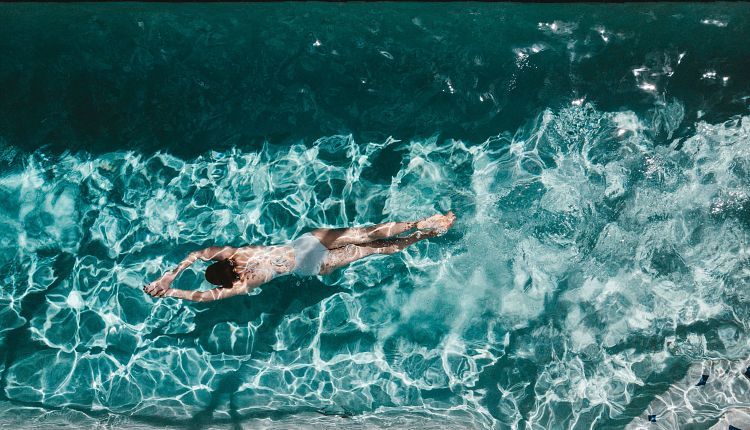

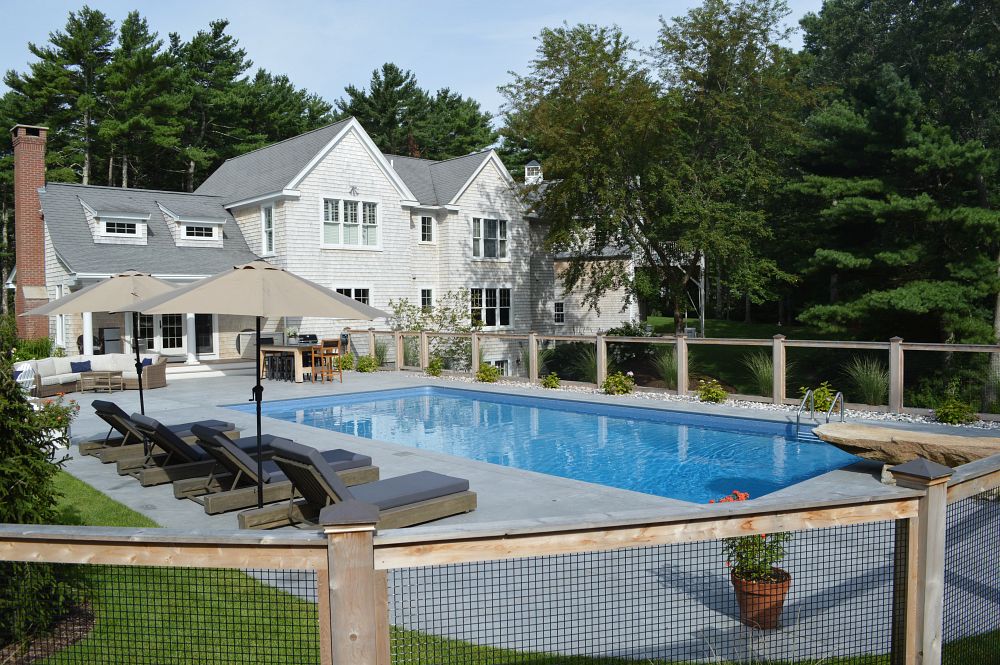
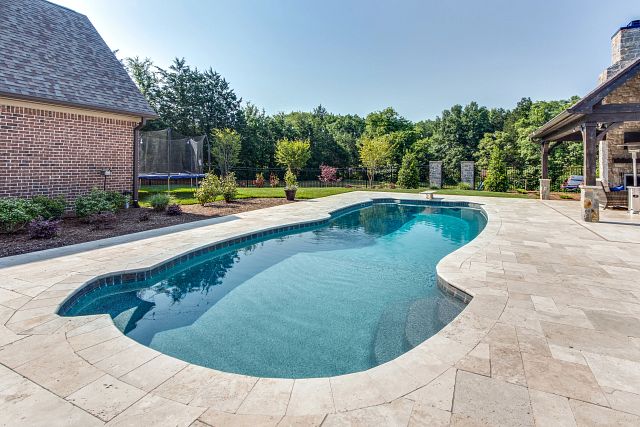
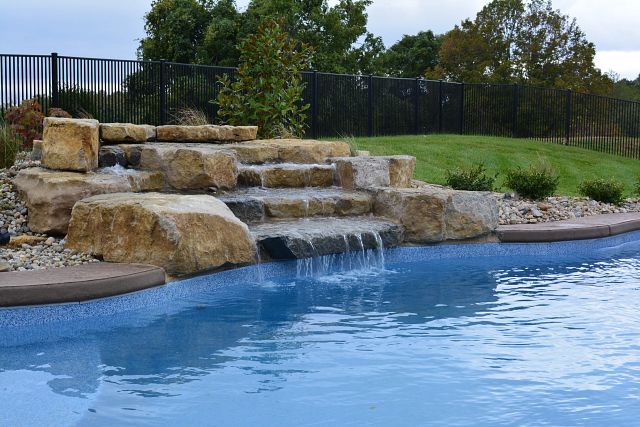
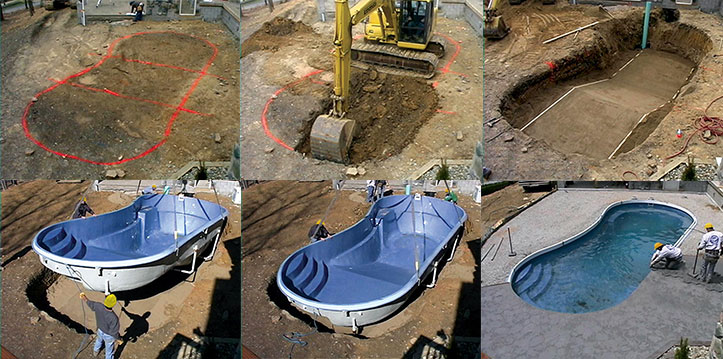
Join the discussion